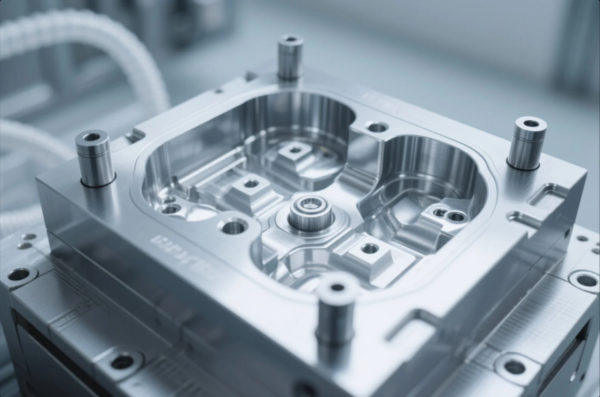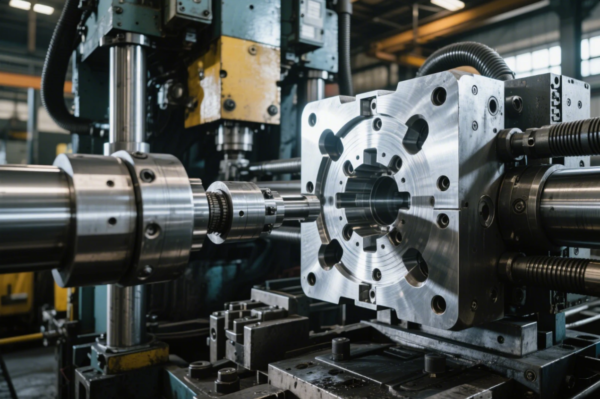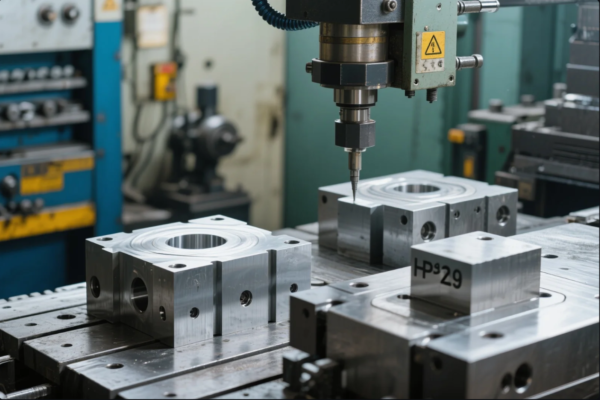How Do You Inspect Sheet Metal Parts?
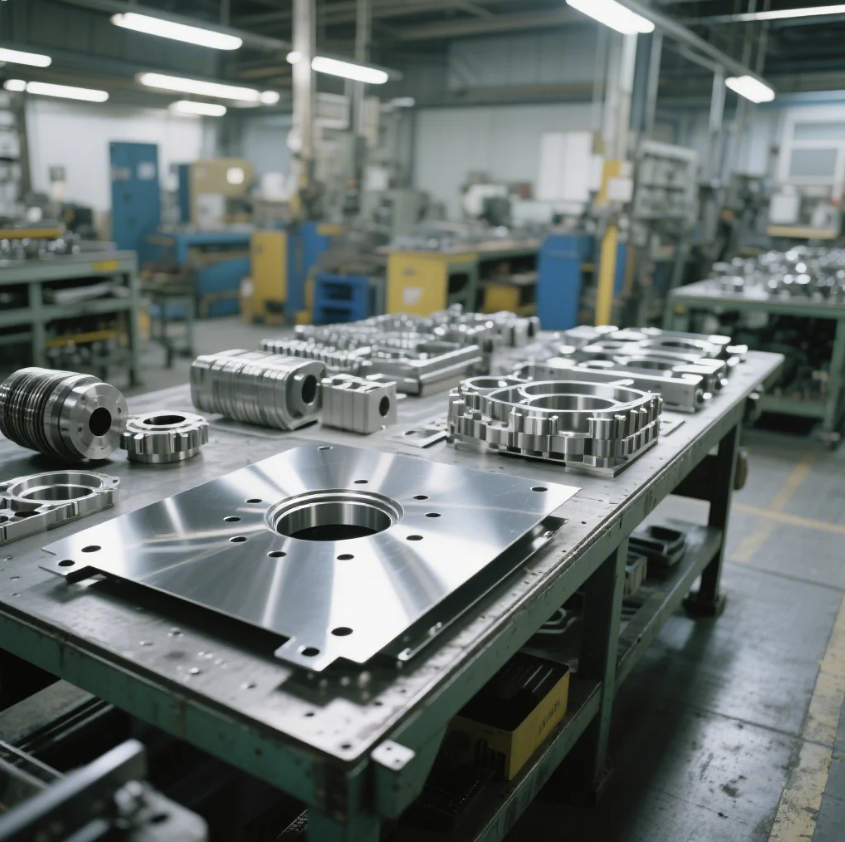
Inspecting sheet metal parts is a critical process that ensures quality, precision, and durability. Proper inspection methods can detect flaws and ensure the part meets all required specifications. This inspection process is essential for the manufacturing of high-quality industrial parts.
Inspecting sheet metal parts involves checking for dimensional accuracy, surface finish, and structural integrity. Using proper tools and techniques ensures reliable, defect-free products.
In this article, we’ll dive into the importance of sheet metal inspections and how different methods help ensure high-quality outcomes in the manufacturing process.
How Do You Inspect Steel Structures?
When inspecting steel structures, the primary goal is to ensure the overall strength, safety, and stability of the construction. Inspections typically focus on evaluating welds, joints, and material integrity. This involves using various non-destructive testing (NDT) methods such as visual inspections, ultrasonic testing, and magnetic particle testing to detect any hidden flaws.
Steel structures require detailed inspections to verify their stability and integrity, ensuring they meet industry standards and regulations.

Dive-Deeper: The Importance of Steel Structure Inspections
Steel structures play a vital role in construction, and any flaw can compromise the safety and functionality of the entire structure. Inspections include checks for:
- Weld Integrity: Ensuring that the welds are strong and free from defects like cracks or voids.
- Corrosion and Wear: Assessing the structure for signs of rust or wear that could weaken the material.
- Dimensional Accuracy: Ensuring that the steel parts are fabricated according to precise specifications.
Common Steel Structure Inspection Methods:
| Method | Purpose | Application |
|---|---|---|
| Visual Inspection | Detects visible cracks, rust, and corrosion | Used for quick checks on welds or coatings |
| Ultrasonic Testing | Measures the thickness of materials and detects hidden flaws | Detects internal defects in the structure |
| Magnetic Particle Testing | Identifies surface and near-surface cracks | Common for detecting small surface flaws |
A thorough inspection process ensures the safety, functionality, and longevity of steel structures, making it an indispensable step in the construction and manufacturing industries.
How to Measure Sheet Metal Parts?
Measuring sheet metal parts is an essential part of the quality control process. Accurate measurements ensure that the parts will fit together correctly during assembly and function as intended. Tools such as calipers, micrometers, and specialized gauges are used to measure both the dimensions and the thickness of the metal.
Measuring sheet metal parts accurately ensures that each component fits into the larger assembly, providing consistent quality and functionality.
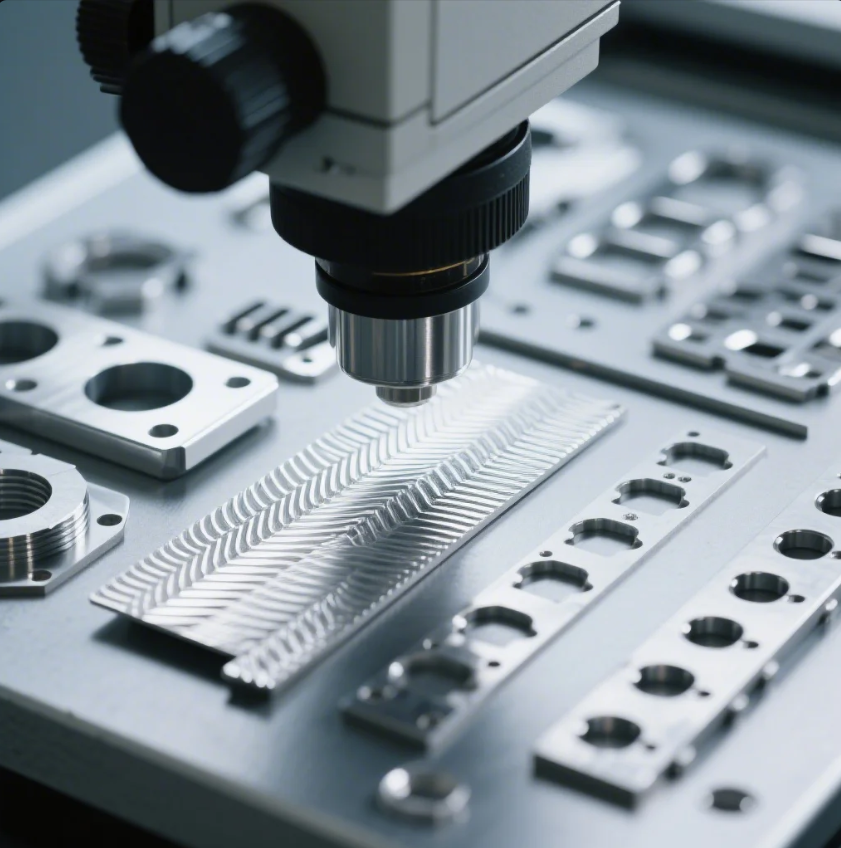
Dive-Deeper: Tools and Techniques for Measuring Sheet Metal
The correct measuring techniques depend on the size and shape of the sheet metal part. Here’s a breakdown of common tools used:
- Vernier Calipers: Used for measuring the thickness and external dimensions of parts with high accuracy.
- Micrometers: Ideal for measuring thickness and external diameters in parts that require extreme precision.
- Height Gauges: Used to measure the height of parts from a reference surface.
Measuring Sheet Metal:
| Tool | Purpose | When to Use |
|---|---|---|
| Vernier Calipers | Measures length, width, and thickness | For general purpose measurement of flat sheet metal |
| Micrometers | Measures thickness with high precision | When precise thickness measurement is needed |
| Height Gauges | Measures vertical dimensions | For parts that need accurate height or depth checks |
Using the right tool for the job ensures that measurements are precise, preventing errors during fabrication and ensuring that the parts meet the required standards.
What Is the 4T Rule for Sheet Metal?
The 4T Rule in sheet metal is a guideline used to determine the minimum bend radius for sheet metal parts. It stands for Thickness, Type, Temperature, and Tolerance, all of which impact how the material should be handled during the bending process.
The 4T Rule is critical in determining how to safely bend sheet metal to avoid cracks or defects in the finished product.

Dive-Deeper: Applying the 4T Rule in Bending Operations
The 4T rule guides fabricators on the minimum radius required for bending sheet metal without causing damage. Here’s how each factor impacts the bending process:
- Thickness: Thicker materials require larger bending radii to prevent cracking.
- Type: Different metals have different properties, influencing how easily they bend.
- Temperature: High temperatures can affect the material’s flexibility during bending.
- Tolerance: The tighter the tolerance required for the final part, the larger the bend radius needs to be.
How the 4T Rule Works:
| Factor | Impact on Bending Process | Recommended Action |
|---|---|---|
| Thickness | Thicker material requires a larger bend radius | Increase the bend radius accordingly |
| Type | Different metals bend differently | Adjust the bending process based on material type |
| Temperature | Heat makes metals more pliable | Ensure proper heating before bending |
| Tolerance | Tighter tolerances need larger bending radii | Account for tighter tolerances when determining the radius |
Adhering to the 4T Rule ensures that sheet metal parts are bent without risk of cracking or distortion, maintaining the integrity of the material.
What Are the 5 Sheet Metal Operations?
Sheet metal operations refer to the processes used to shape and form metal into useful parts. These operations include cutting, bending, forming, punching, and welding, all of which are crucial for creating precise and durable parts.
The five sheet metal operations are vital for transforming raw metal into functional components that meet specific requirements.
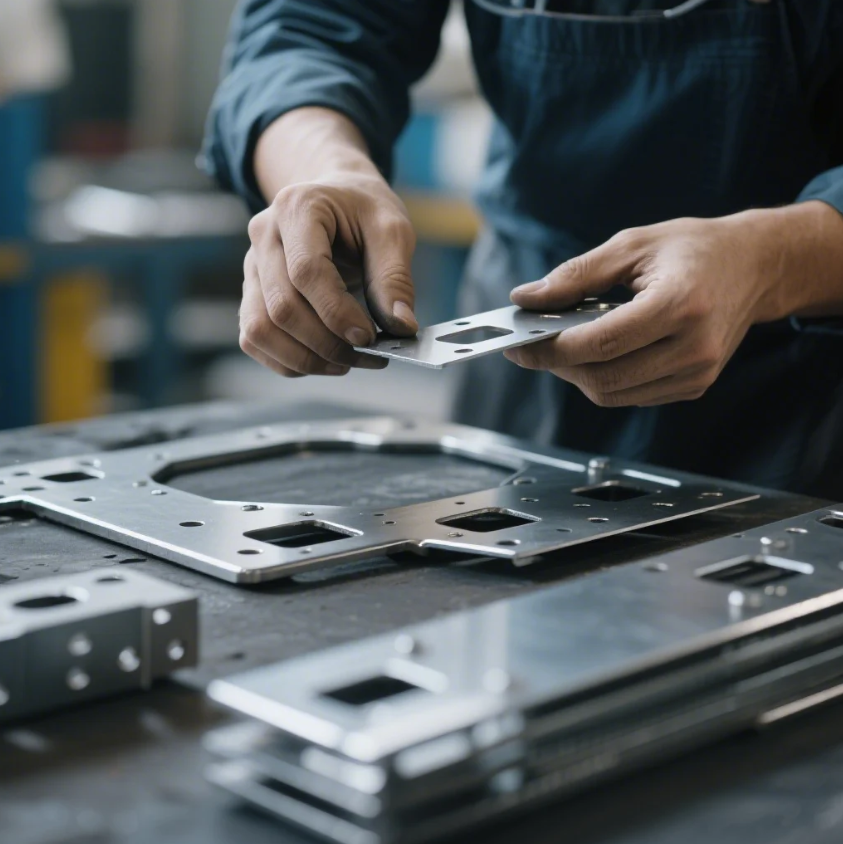
Dive-Deeper: Understanding Sheet Metal Operations
Each operation plays a unique role in the manufacturing of sheet metal parts. Here’s an overview of the five key operations:
- Cutting: Involves using shears or lasers to cut the metal into the desired shape.
- Bending: Uses press brakes or other machinery to bend the sheet metal into the required angles.
- Forming: Shapes the metal into 3D structures, such as boxes or channels.
- Punching: Uses a punch press to create holes, slots, or other shapes in the metal.
- Welding: Joins two or more metal parts together using heat or pressure.
Sheet Metal Operations Breakdown:
| Operation | Purpose | Common Techniques |
|---|---|---|
| Cutting | To shape the metal into the desired form | Laser cutting, shearing, waterjet cutting |
| Bending | To form angles or shapes in the metal | Press brakes, roll bending |
| Forming | To create three-dimensional shapes | Stamping, deep drawing |
| Punching | To create holes or other features | Punch presses, CNC punching |
| Welding | To join metal parts together | MIG welding, TIG welding, spot welding |
Each of these operations must be carefully executed to achieve accurate, high-quality sheet metal parts that meet the specified design requirements.
Conclusion
Inspecting sheet metal parts is a vital process in ensuring the quality and performance of the final product. By using the right measuring tools, applying the 4T rule, and understanding the five sheet metal operations, manufacturers can produce precise and reliable components.
If you’re looking for high-quality sheet metal parts, Prime offers expert manufacturing services with precision and efficiency. Contact us today to get a quote or ask for a custom solution tailored to your needs!

